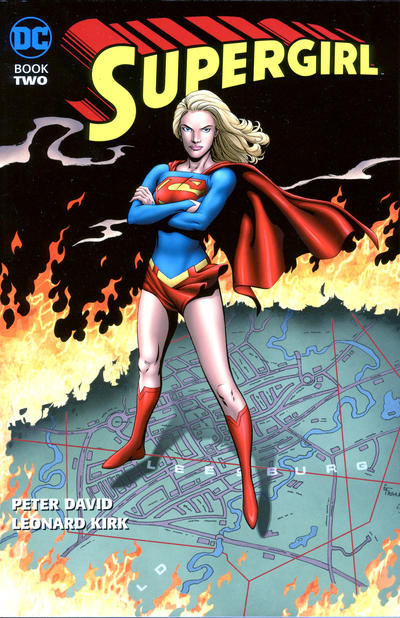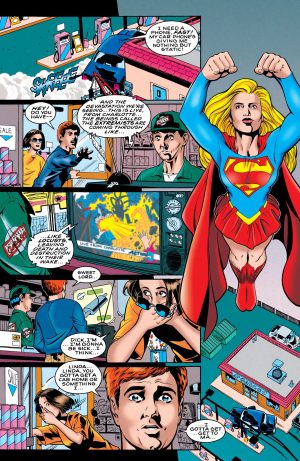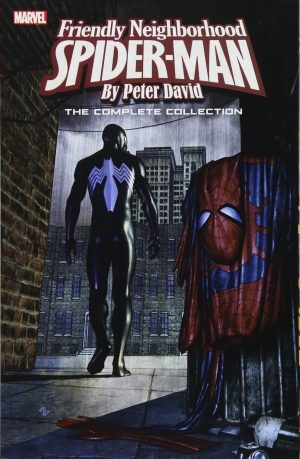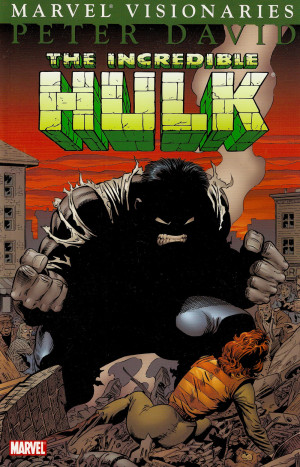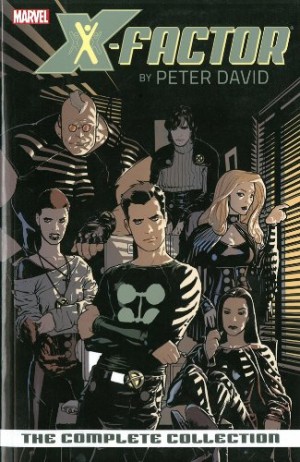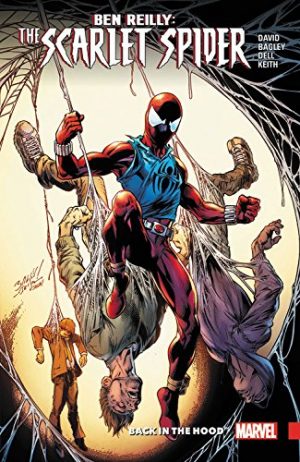Review by Frank Plowright
Demons continue to meddle with Leesburg, which is a viable continuing threat considering the physical is of little consequence to Supergirl. Her mind can be messed with, though, and that’s Peter David’s approach. He provides a reason for the presence of demons, and the supporting cast are given a boost, with the growing infatuation of Sylvia Danvers with all things Biblical providing interesting moments for a previously negligible character. Linda’s father adheres to the rational, while a connected subplot references Supergirl as an angel. The supporting cast in general are more consistently used here, rather than drifting in and out of focus as they did in Book One, and Linda’s parents are boosted still further by having to confront a problem.
Two new artists draw most of this selection. Greg Land is very good early in his career, not having slipped into exploitative habits. His Supergirl is attractive and powerful, and storytelling has always been a strength. Leonard Kirk, though, is the primary artist and at this stage of his career he was a work in progress. His page layouts are fine, but panels are crowded with people, viewpoints are consistently closed too far in, and because that’s the case, it highlights Kirk’s problems with anatomy. However, there’s considerable improvement between Kirk’s first work and his final contribution, and in Book Three his art improves still further. It’s also worth highlighting the colouring of Gene D’Angelo, which is from the very early days of digitised colour, yet his rainbow effects stand the test of time during a major battle toward the end.
In places David’s scripting is witty, but can also be annoying when he can’t let go of a joke even if misplaced. An example is a scene of a criminal in an art gallery contrived in order to have him repeatedly shout “Show me the Monet”, referencing the catchphrase from 1996’s hit movie Jerry Maguire. It’s clever, but now very dated.
When not filtering in demonic threats, David turns to the Justice League’s back catalogue for villains, who all provide viable threats while furthering the mysteries around Supergirl. Another puzzle is revealed, about the weird kid wandering around Leeburg, but cleverly it only serves to muddy the waters further. It also pulls things together via an elegantly simple solution of the type David’s best work so often surprises with. Want an answer? Ask someone who knows.
This series had teething problems, not always connecting, but by the end of Book Two Kirk’s art is polished and David seems to be pulling things together while asking interesting questions via the cast. The few stories written by others don’t match David’s inventiveness.
